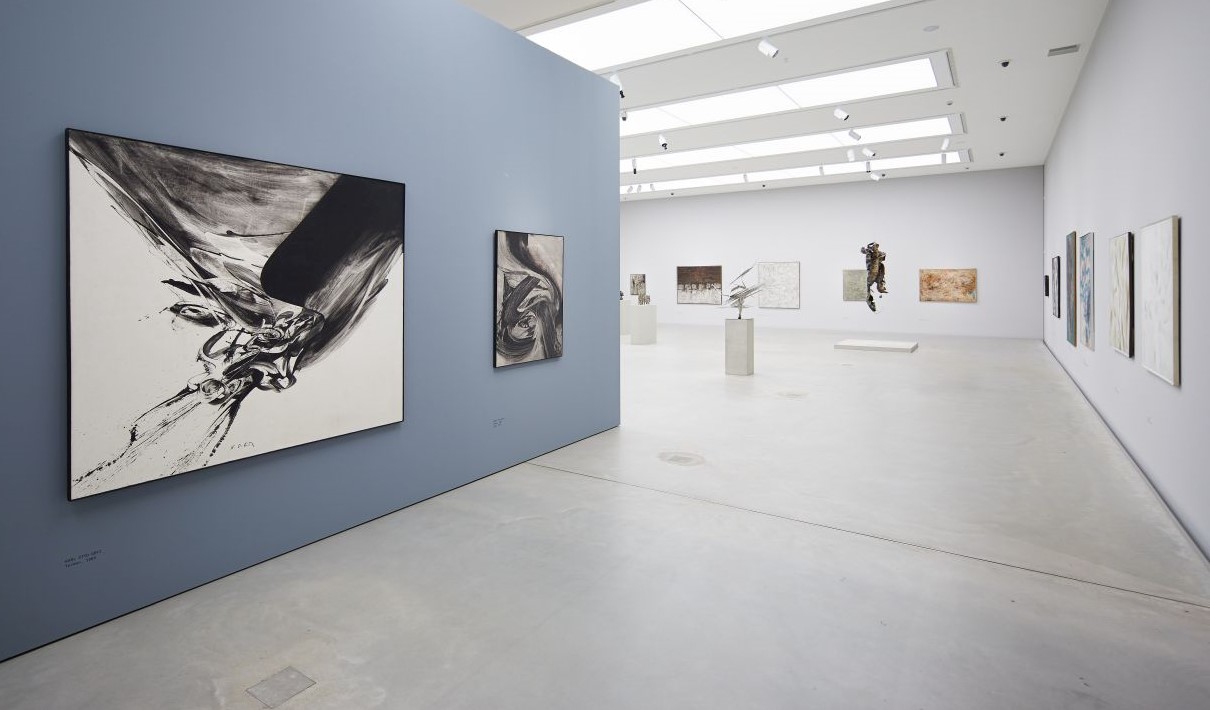Since the sixteenth century, the portrait has been one of the central genres of fine art. This exhibition provides a survey of various portrait types: the self-portrait, the idealized portrait, the tronie, the status portrait, the tourist portrait, the equestrian portraits, the couple portrait, the group portrait, to name but a few. The exhibition will explore the functions of the individual types of portraits and investigate how modes of representation have changed over the course of time, leading all the way to today’s selfies.
The portraits of the sixteenth and seventeenth century shown in the exhibition aprimarily had a representative function: famous figures from ruling houses, the aristocracy, or the clergy, politicians, or burghers, like Carl Theodor, Napoleon, or Louis XVI, but also the artists themselves, family members or children were captured in individual or group paintings for posterity. At the same time numerous etchings and engravings were also created, either based on preexisting paintings or as autonomous works. During the seventieth century, portraits of a well-situated, merchant class increasingly surfaced.
It wasn’t until the second half of the nineteenth century that the portrait lost its representative function. The genre gradually found resonance in a private sphere that was increasingly separate from the public. With increasing artistic freedom, portraiture moved further and further from a realistic depiction of the subject: using the holdings of the print and drawing collection of Kunsthalle Mannheim, a diverse genre of art history that has spanned the centuries will be explored.
Curator: Thomas Köllhofer

